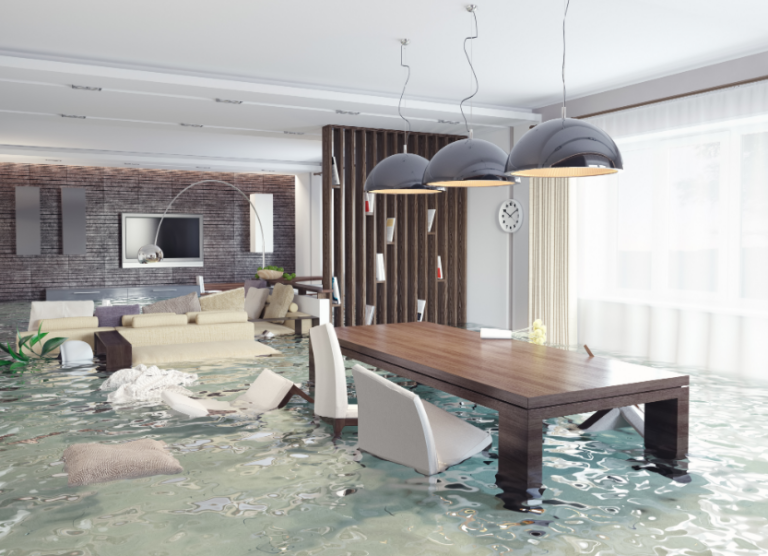Getting water where it does not belong can cause a lot of damage to your home. Not only can it destroy or everything you love, but it can also make the house environment be completely unlivable. Although, if you act quickly to try a repair or avoid water damage there is a good chance you can save both your home and your possessions. It heavily depends on how long the water has been inside your home and your reaction time.
If you do not act fast, the cost of the repairs goes up every single hour, so if you want to minimize the damage to your furniture you need to get to work. While you are inside of your home, check all the pieces of furniture that you think are still worthy to save, but all the electronic devices are probably already dead so you can throw them away.
Water damage should always be taken seriously, no matter how much water there is. Even just high humidity in the air can cause damage to your home. Too high humidity air can cause mold to grow in dark areas such as behind your furniture, under the carpets or other areas you do not usually access. Mold can be a serious problem if it starts growing in your home as it can cause serious health problems to you or your family.
If you want your home to be a safe environment for your family you should do everything to prevent mold or water damage. However, if you have already suffered from water damage, here are some of the things you could do.
Turn off the electricity
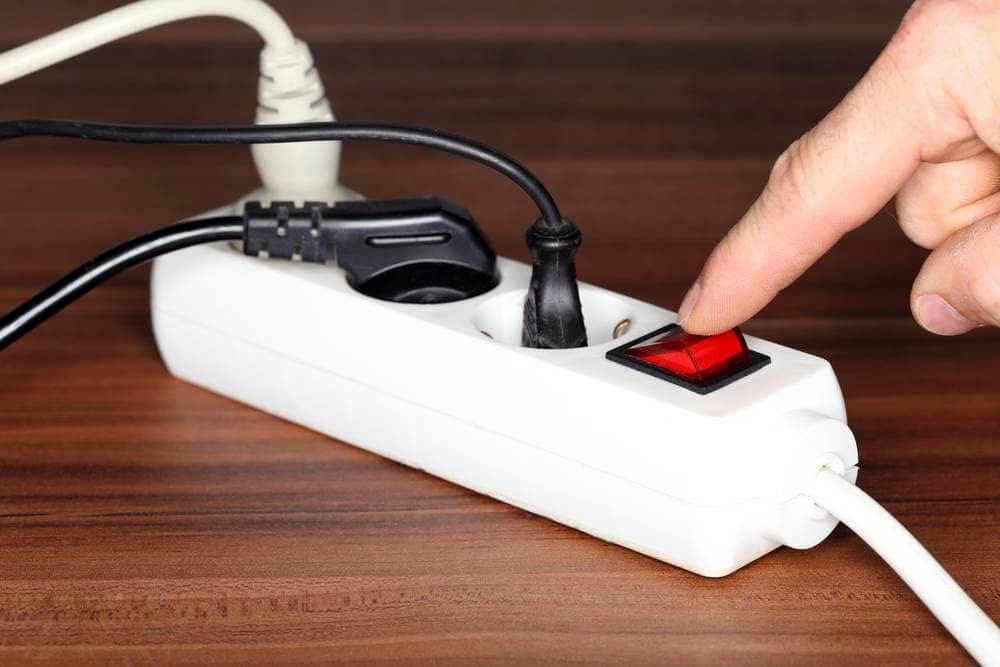
If your house has suffered from serious water damage and you want to start saving furniture and valuable possessions, the first thing you must do is to turn off the electricity. You are probably thinking about turning off every single electronic device one by one, but the more effective way would be to find the main switch to turn off power to the whole house.
The main switch is usually located on the distribution board that spreads the power throughout different parts of your home. So if you want to save the wiring, your devices and to keep yourself safe while working on repairing your home, you should definitely turn the power off.
Get rid of the water
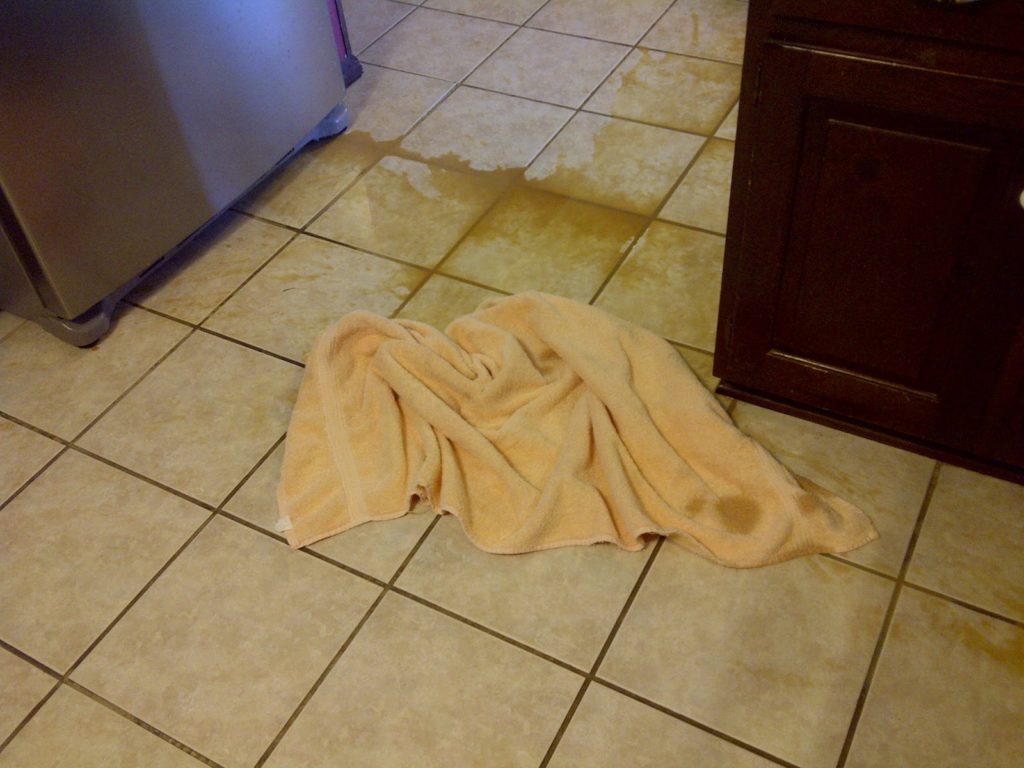
Now that you have turned off the power in your home and increased the chances of saving your television set, your speakers, your computer, your phones, tablets, etc. it is time to get rid of the water. You can start using dry towels, rags and buckets to start collecting the water and pouring it outside.
If there is simply too much water, the most effective way would be a bucket and then pour it outside in the sewage. Don’t pour it into your backyard because the water might come back which is not something that you want. Open all the doors and windows inside of your (if it’s not raining, of course), so the circulating air can dry the walls and floors.
According to www.GTARestoration.net, this part of the process is very important if you want to save your furniture and the structural stability of your house.
Start carrying your furniture outside
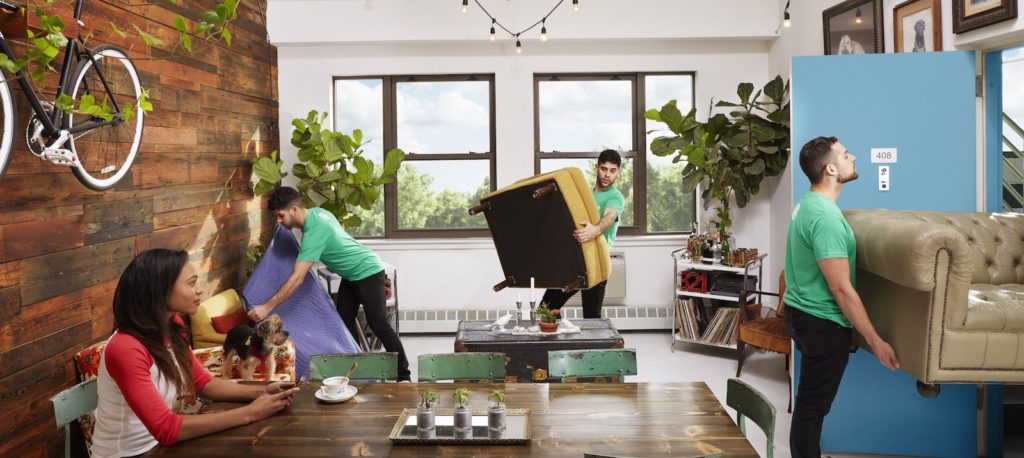
Once you have removed all the water from the inside of your house, it is time to take care of your furniture to determine which ones could be saved and which are already garbage. Start carrying the furniture outside preferably in the day so the sun can dry them faster. If some are too heavy you should start moving smaller objects outside too.
If you do not want to leave your valuables outside you should consider renting a storage room or a garage where you can keep your possessions until you have finally repaired your home. Just make sure to rent storage that has enough ventilation so your items can properly dry out.
Note: be careful when lifting heavier objects as they can be too fragile from the water damage and collapse in your hands.
Start drying the rooms
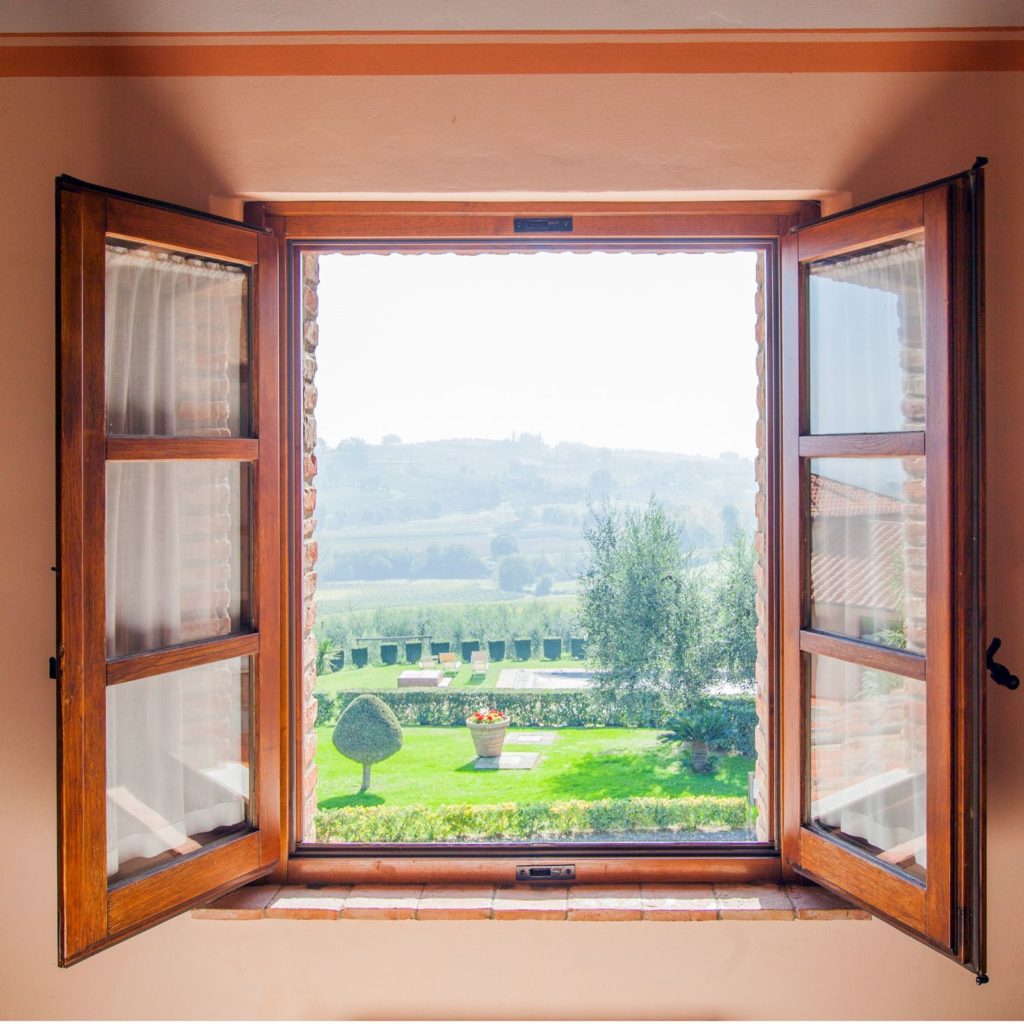
We already mentioned that you should open every single window and room in your home to speed up the drying process. So after moving out all of your items that you want to save, you should get a dozen fans and dehumidifiers to start drying the area. The faster your home is dried, the less the damage is caused.
Note: if you have wooden floors, be careful while you are walking on them as their structural integrity might have failed which means they could easily break. Walk with caution and feel the boards before you step on them.
Deal with the mold

After you have finished the most important steps to save your home and your possessions it is time to start disinfecting the floors, walls and all the other spots the water reached. This is important because there are probably a lot of bacteria that have entered your home which can be a health risk.
Take out all carpets to dry, cut off any rugs and put them outside and then slowly and carefully spray any spot with the disinfectant. Check all corners and tight spots for mold and spray there too. You have to stop the mold from growing early or you might suffer from serious mold infestation.
After the first spray let it dry for a couple of hours and then do another run of quick sprays on places where the mold is most obvious. With a strong enough disinfectant, the mold has no chance of growing. Keep in mind, these disinfectants are so effective because they have very strong chemicals, so you should probably leave the house while it is drying.
Throw away things that are too damaged
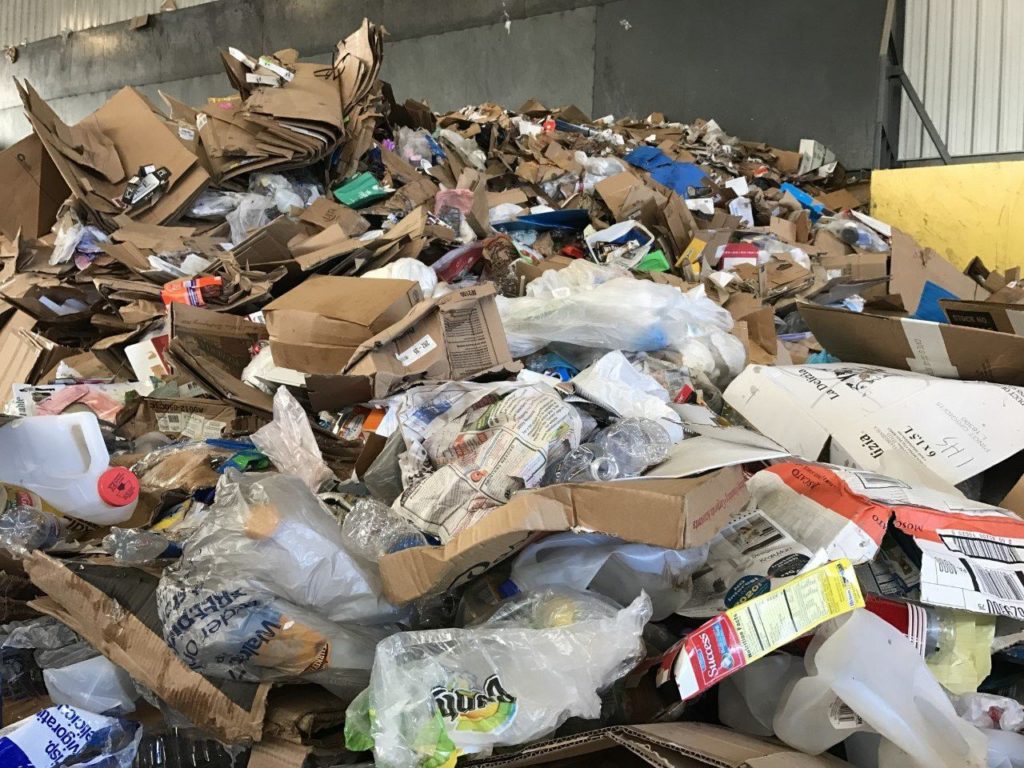
This is the most difficult part of the cleaning and fixing process as you will have to throw away possessions that have been very dear to you. The reality is that most things that are damaged from water cannot be recovered.

